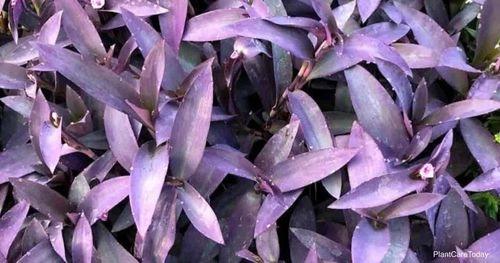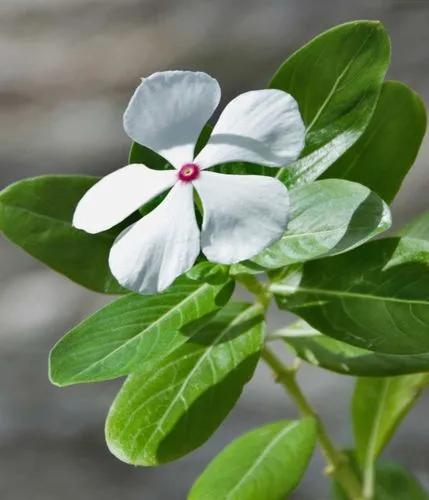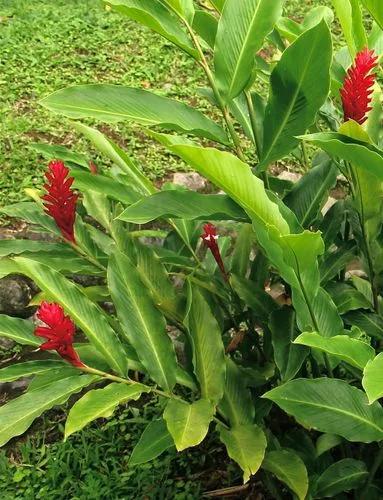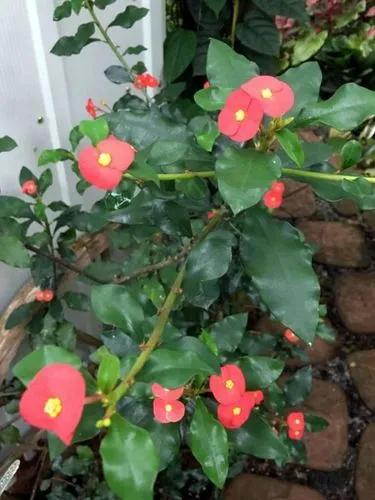Galactites tomentosa, the purple milk thistle, is a biennial herbaceous plant belonging to the genus Galactites of the Asteraceae family. It is an edible plant.
Purple Milk Thistle Care
Galactites tomentosus



Galactites tomentosa is a hemicryptophyte plant up to 1 metre (3 ft 3 in) tall. The stem is erect and pubescent, branched at the top. The leaves are green, long and pinnatisect, lanceolate, mottled with white markings, while the underside is whitish and covered with matted woolly hairs. The margins of the leaves bear strong thorns.
The flower heads are quite large – about 3 centimetres (1.2 in) in diameter. The involucre of the flower head is covered by hairy scales ending with a single grooved thorn. The central flowers are hermaphrodite and are pollinated by insects, while external flowers are sterile; their color varies from white or pink to lilac-purple. It can be invasive in North America, South Africa, Australia, and New Zealand.
This plant is useful.
How to get rid of:
It is often more effective with tall herbaceous plants, such as
grasses, and some woody weeds to first slash the area and only
spray the re-growth. Allow 3–4 weeks for new lush growth and
then spray. Most chemicals works best when plants are healthy
and actively growing. By removing dry stems and forcing the plant
to put on new growth the uptake of herbicide will be improved.
This method has the added benefit of opening up the space and
improving access, and can result in less herbicide being used.
How to Care for the Plant

Popularity

81 people already have this plant 36 people have added this plant to their wishlists
Discover more plants with the list below
Popular articles






